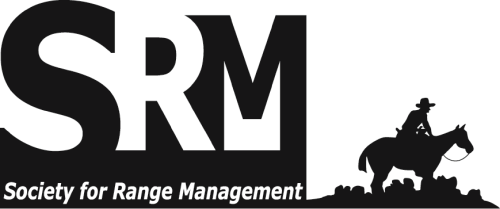On the Ground • Information on seasonal trends in quantity and quality of available forage for the goitered gazelle may be useful to wildlife managers in developing management practices to maintain healthy populations and reduce the consumption of toxic plants by protected wildlife. • Goitered gazelles in Golestan National Park in Iran relied on a variety of grasses, shrubs, and forbs, to meet their nutrituional needs across seasons. • Increased knowledge of the goitered gazelles diet is expected to assist wildlife managers in determining carrying capacity and assessing viable habitats for future reintroduction programmes, including overall successful management within the protected areas of Iran. The Rangelands archives are made available by the Society for Range Management and the University of Arizona Libraries. Contact lbry-journals@email.arizona.edu for further information. Migrated from OJS platform March 2020

Practical, non-technical peer-reviewed articles published by the Society for Range Management. Access articles on a rolling-window basis from vol 1, 1979 up to 3 years from the current year. More recent content is available by subscription from SRM.